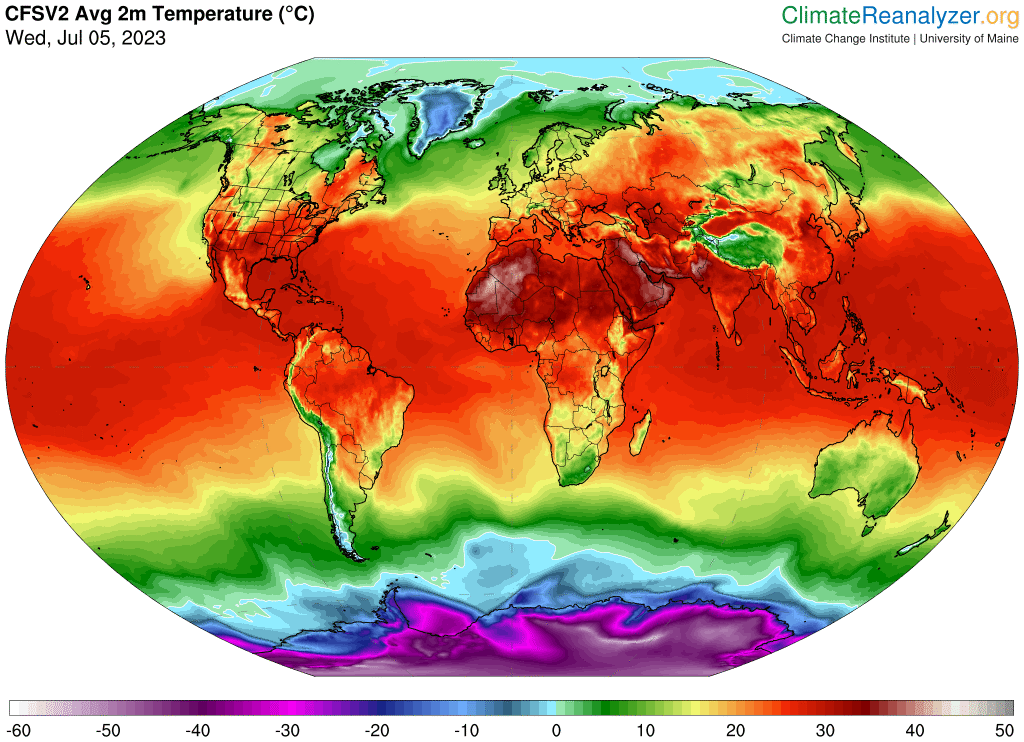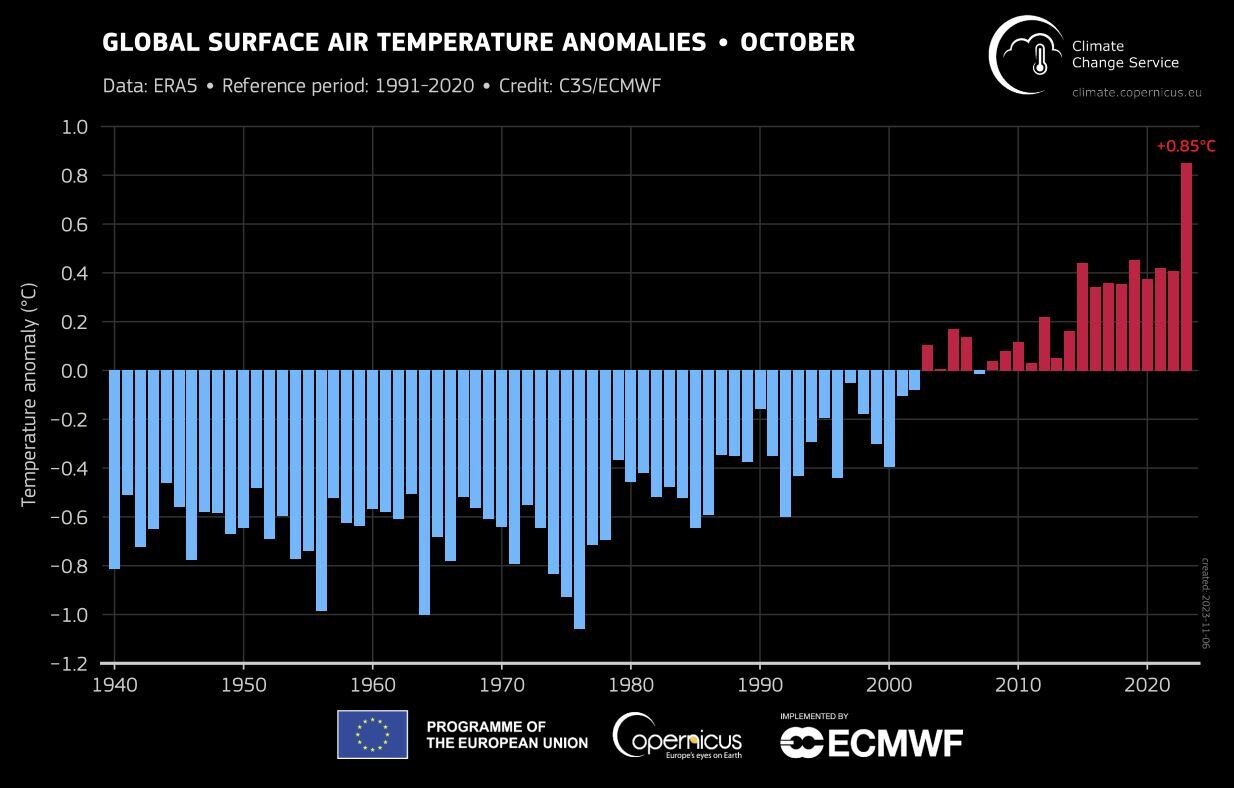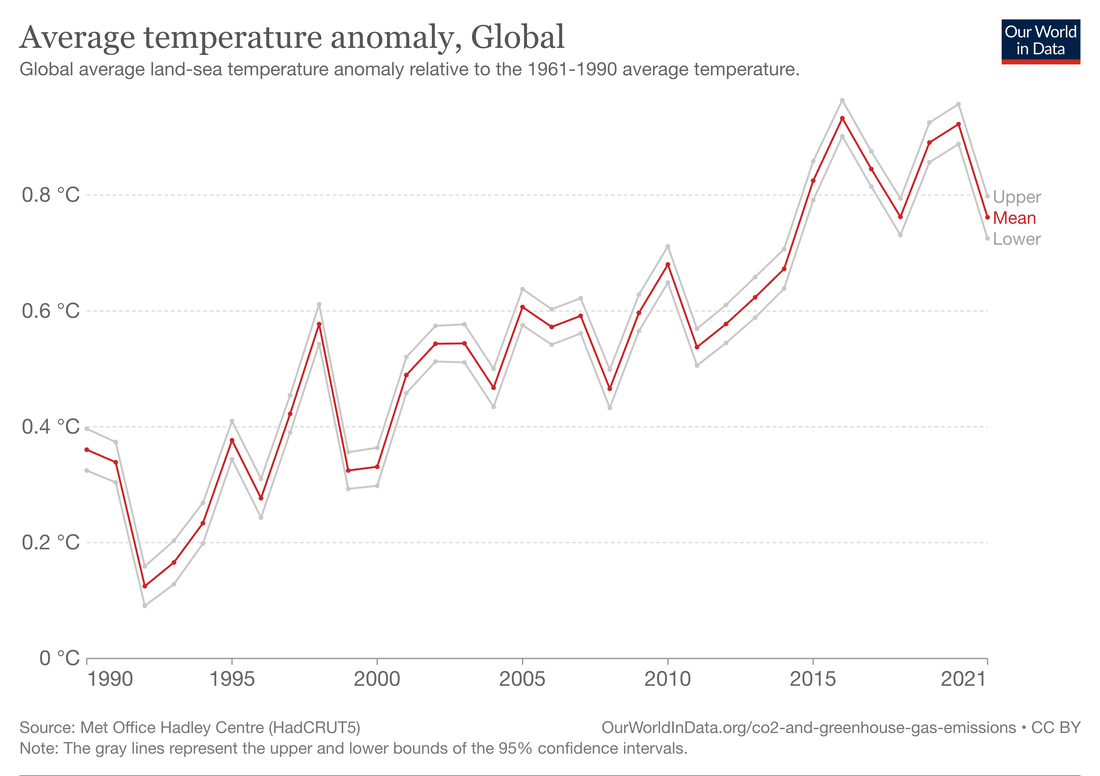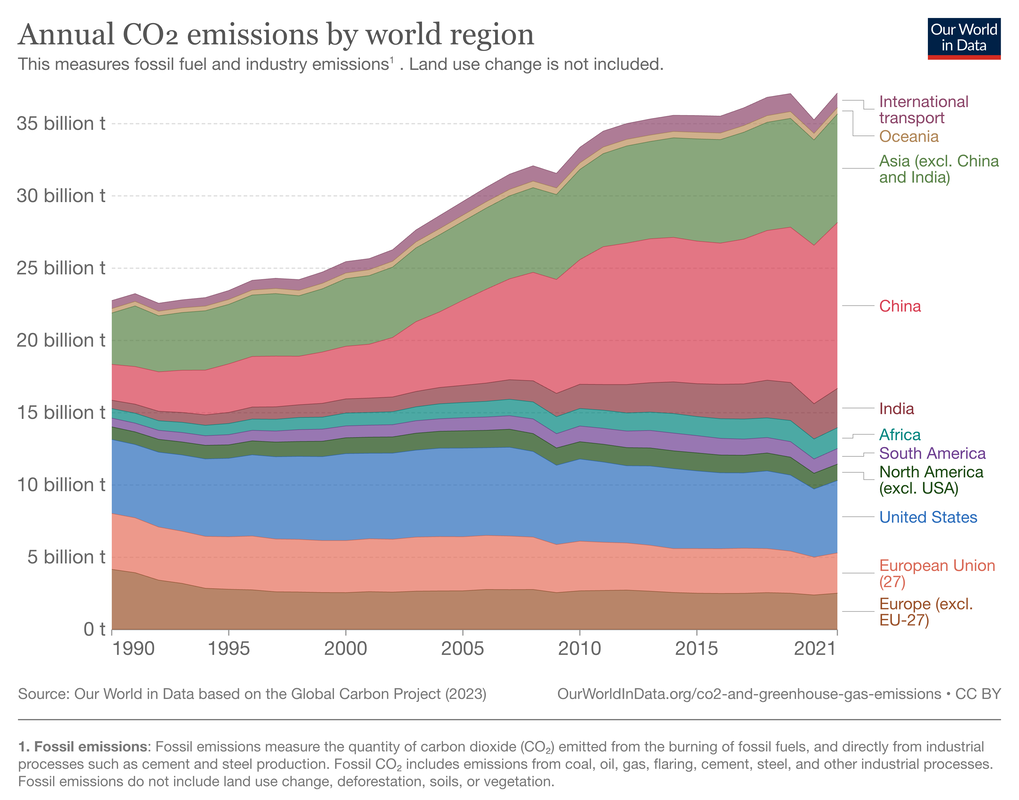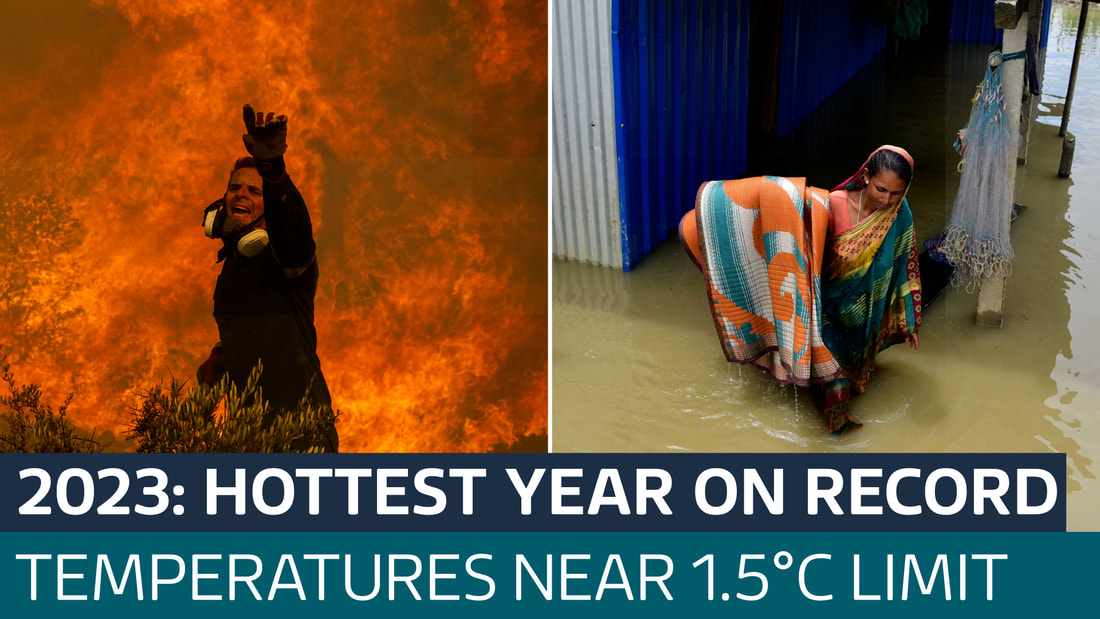20.03.2024
2023 Confirmed As World's Hottest Year On Record
The year 2023 has been confirmed as the warmest on record, driven by human-caused climate change and boosted by the natural EI Nino weather event. It's well-known that the world is much warmer now than 100 years ago, as humans keep releasing record amounts of greenhouse gases like carbon dioxide into the atmosphere. More than 200 days saw a new daily global temperature record for the time of year, according to BBC analysis of Copernicus Climate Change Service data. This recent temperature boost is mainly linked to the rapid switch to El Niño conditions, which has occurred on top of long-term human-caused warming. El Niño is a natural event where warmer surface waters in the East Pacific Ocean release additional heat into the atmosphere. The temperature of the air is only one measure of the Earth's rapidly changing climate. Also in 2023:
- Antarctic sea-ice hit a "mind-blowing" low, with Arctic sea-ice also below average.
- Glaciers in western North America and the European Alps experienced an extreme melt season, adding to sea-level rise.
- The world's sea surface hit its highest recorded temperature amid multiple marine heatwaves, including the North Atlantic.
Poverty deprives people of adequate education, health care and of life's most basic necessities- safe living conditions (including clean air and clean drinking water) and an adequate food supply. The developed (industrialized) countries today account for roughly 20 percent of the world's population but control about 80 percent of the world's wealth.
Poverty and pollution seem to operate in a vicious cycle that, so far, has been hard to break. Even in the developed nations, the gap between the rich and the poor is evident in their respective social and environmental conditions.
Poverty and pollution seem to operate in a vicious cycle that, so far, has been hard to break. Even in the developed nations, the gap between the rich and the poor is evident in their respective social and environmental conditions.

